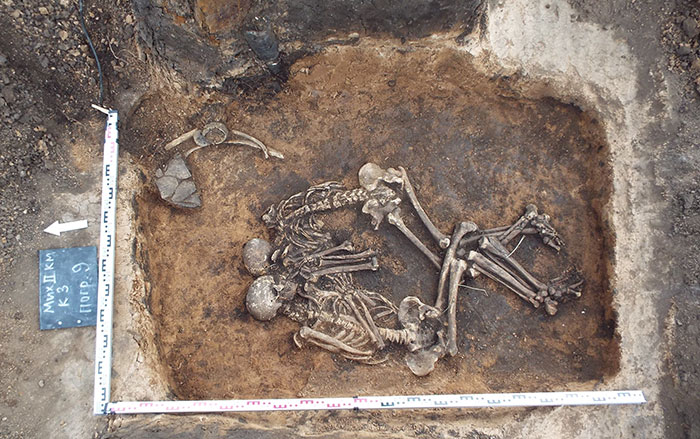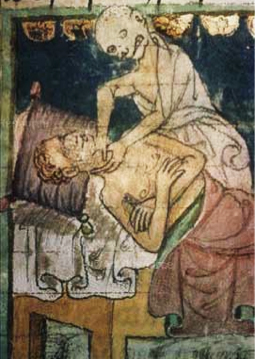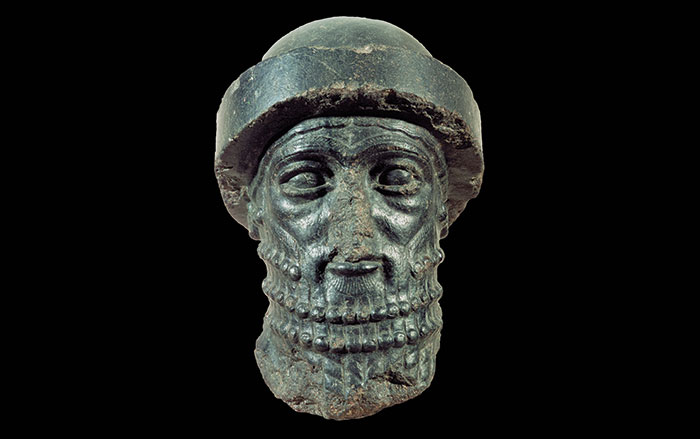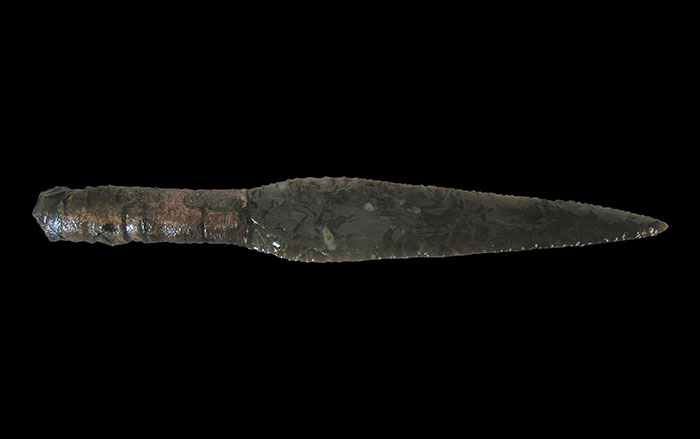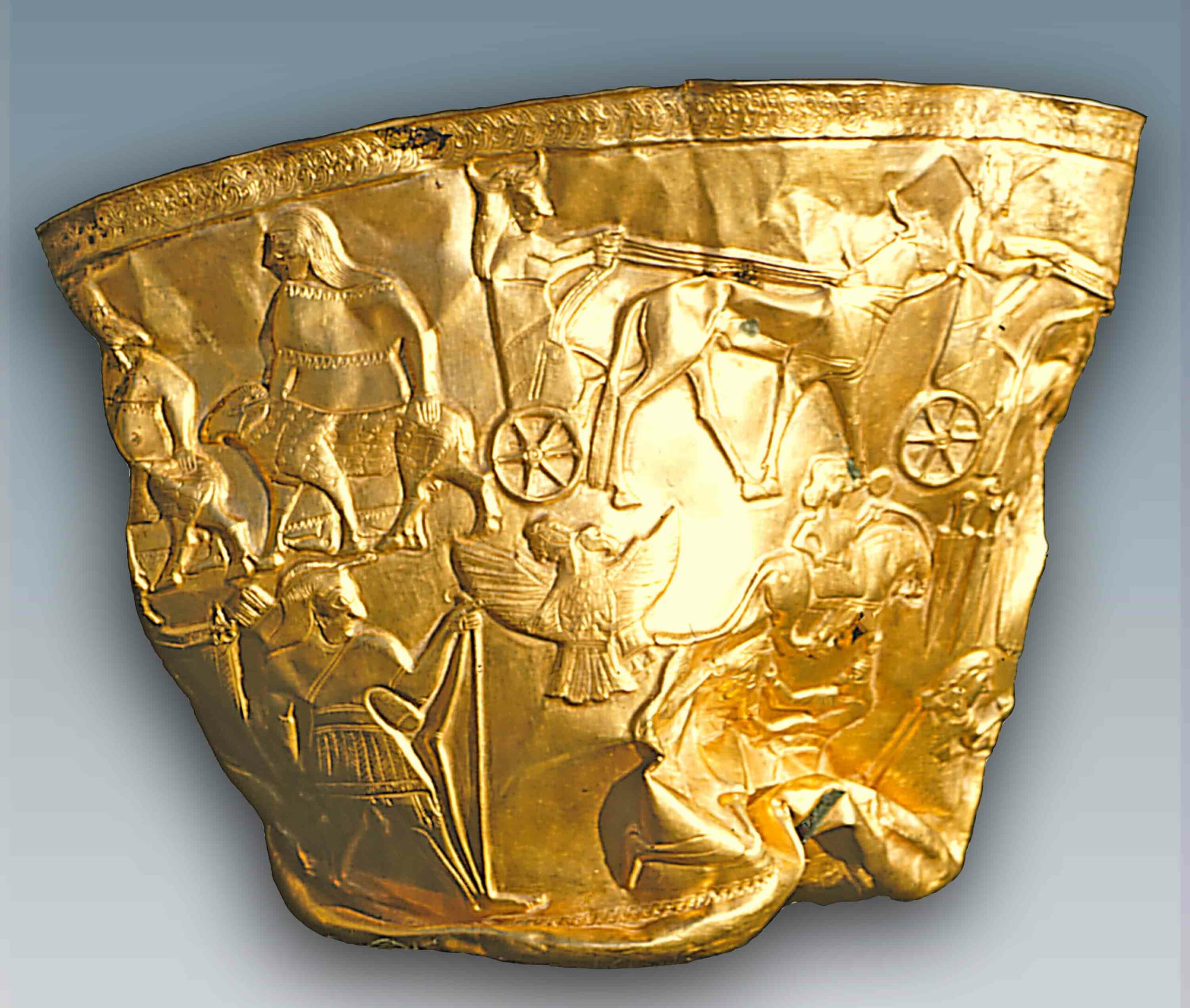
OSLO, NORWAY—Christian Stenseth of the University of Oslo and his team have examined tree-ring records from Europe and compared that information with more than 7,000 historical outbreaks of the Black Death to see if the weather conditions would have supported large populations of black rats to transmit the bacteria-carrying fleas to humans. “For this, you would need warm summers, with not too much precipitation. Dry but not too dry. And we have looked at the broad spectrum of climatic indices, and there is no relationship between the appearance of plague and the weather,” Stenseth told BBC News. The research team thinks that the wet springs and warm summers in Asia, however, may have caused the great gerbil, which also carries plague, to thrive. “We show that wherever there are good conditions for gerbils and fleas in central Asia, some years later the bacteria shows up in harbor cities in Europe and then spreads across the continent,” he said. Now plague bacteria DNA taken from skeletons across Europe is being analyzed. Large amounts of variation in the genetic material would support the idea of different strains coming from Asia rather than a European rat reservoir. For more on the disease, see "Plague Vampire Exorcism."


